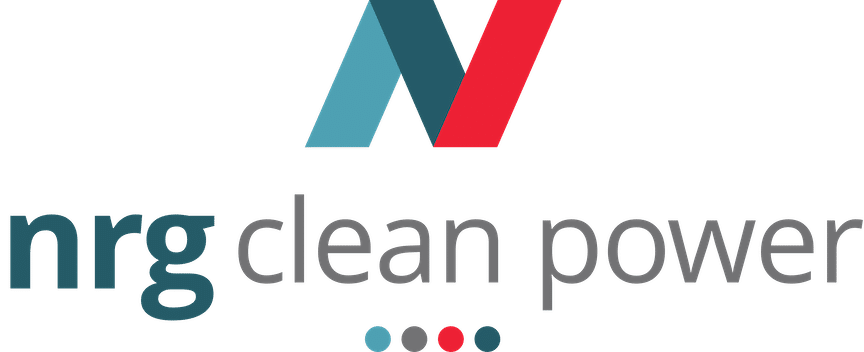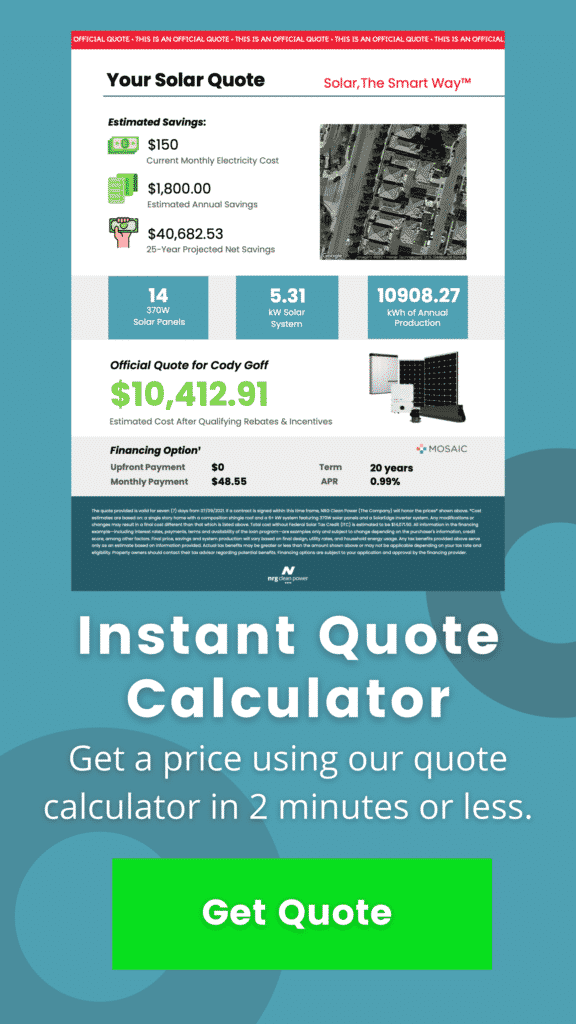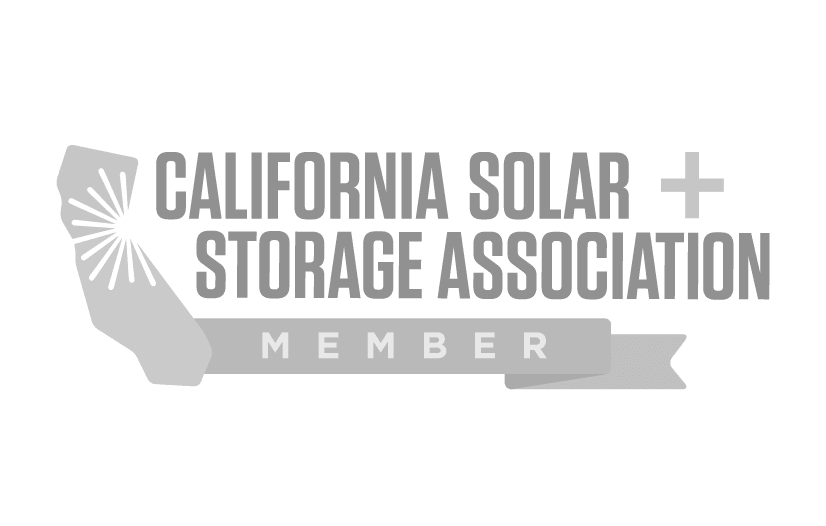
Shopping for the perfect solar panel system combination? The solar shopping process is one that most of us are doing for the very first time, which therefore can make it quite scary and confusing. There seem to be hundreds of options between solar panel brands, inverter technology, warranties, degradation, production guarantees etc. This post will hopefully clear up much of the confusion and simplify the solar buying process by focusing on a few key metrics. We will remove all the fluff from the solar sales pitch and boil it down to what really matters. The following is what you need to look for when purchasing solar. Also we never recommend leasing solar panels under any circumstances, purchases only!
1. Shopping for a Solar Company
When shopping for a solar company, you need to keep in mind both the company and its warranties. However, the most important factor when considering solar for your home or building is the company you end up hiring.
Solar Companies
Solar companies should take precedence over their warranties because you need the company to be around to honor their warranty. We suggest looking for companies who, for starters, have been around a minimum of 10 years. Statistically, a company that has done business for 10 years will last at least another 10 years. Since solar is still a new industry, we are seeing a high level of turnover. Therefore, the consumer is, in many cases, getting the short end of the stick with warranty claims.
Warranties
The warranty portion is split into two—company workmanship warranty and manufacturer’s warranties. The workmanship warranties can range from none to lifetime. Make sure you are at least getting 10 years of workmanship warranty but try to get a company to give you a lifetime workmanship warranty because a roof leak repair can be costly in 15 years. If they do good work, use good racking components and healthy wire management methods then they should not have any workmanship issues.
When looking at the manufacturer’s warranty, we also need to split this into two parts—solar panels and inverters.
Solar Panel Warranties
For solar panels, the standard was always a 10-year product warranty, which covered panels if anything happened to them for 10 years. Along with the product warranty was a performance warranty that laid out how the panels should produce for 25 years. If the panels underproduce from the projected warranty then the manufacturer would replace the panel (this never happens). Recently, many solar panel manufacturers, such as Panasonic and REC, have been offering a 25-year product warranty rather than the standard 10-year product warranty. We feel like this is a deal breaker when shopping for panels. Make sure the manufacturer’s warranty is a 25-year product warranty.
Inverter Warranties
Talking inverter warranties can get a bit complicated and murky. The inverter manufacturers like keeping their warranties vague and confusing, but we will try to clear up the fog for you now.
When we talk about solar inverters there are really only 3 major players that we would even consider for our solar installations—Enphase, Solaredge, and SMA. All 3 manufacturers provide a different inverter solution; however, their end goals are all the same: converting electricity from DC to AC power.
Out of the box, Enphase microinverters come with a 25-year warranty on their inverters. They also include a 2-year labor warranty should you need to pay someone to replace the faulty inverter. This usually costs around $150 in labor. Their monitoring system has a 2-year warranty for any communication devices. Overall, Enphase offers a good warranty except for their labor reimbursement.
Next, we have SolarEdge who offers warranties of 12 years as standard on their inverters and 25 years on their optimizers. The inverter warranty may be extended to 25 years for an additional fee. This extension would typically cost around $250. Their labor reimbursement is good for 5 years for the inverter and 25 years on the optimizers. All of their communication devices have a 5 year warranty on them with labor reimbursements for 5 years. Solid warranty if you extend it out to 25 years on the inverter.
Lastly, we have SMA, which is a bit of a more-dated string inverter technology that may be used on simple solar arrays. The standard warranty is 10 years with an option to extend. They also have a 5-year labor reimbursement like SolarEdge. Overall not the ideal solution, but a great budget solution for sure.
You may come across some additional warranty nuances, but the above are the main ones to look out for.
2. Shopping for Solar Components
We will try to keep this section simple and straightforward. The components you choose for your solar project are extremely important and will directly affect both your upfront costs and future maintenance costs.
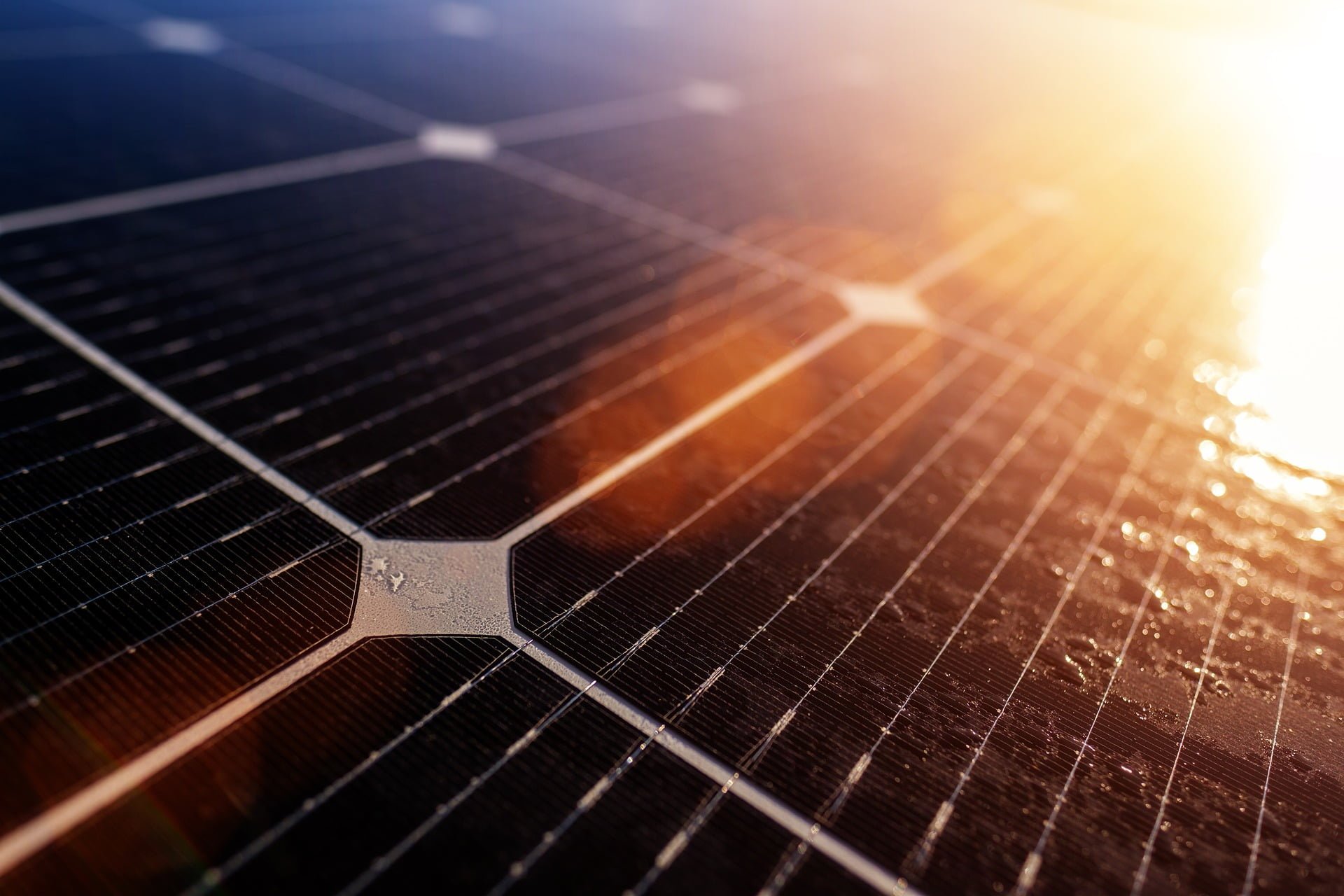
Solar Panel Options
The panels you should choose should be from a Tier 1 solar manufacturer. This basically means they are bankable and will not disappear off the face of the planet. The ones we suggest are the big names such as Hyundai, LG, and Panasonic. These mega conglomerates will simply never go out of business and will preserve your warranty.
Aside from this, they also have the best performing panels. Look for a minimum panel efficiency of 19 percent when choosing a panel, but do not obsess over this. At the end of the day, the higher the panel efficiency the more the panel costs. If you do not have room constraints on your roof, we suggest going with lower efficiency panels and saving a bunch of money on the front end.
Hyundai is a great example: a Hyundai 370 watt panel costs 15 percent less than a Panasonic panel. Both are excellent but the Hyundai is a bit less efficient. This could translate to $3,000 in savings on the front end for the average system.
Always get black on black panels unless the panels are not visible on your home. Black on black panels are just sexier and more appealing to the eye. These panels are usually 10 percent more expensive than silver frame panels, but the sleek look is almost always worth it.
Inverter Options
For the inverter options, we would highly suggest using SolarEdge. It is simply the best inverter for the money. It is robust and versatile and has many cool features. You can have module level monitoring and battery backup capabilities. You can also add an EV (electric vehicle) car charger to these inverters should you buy an EV in the future. Enphase is also a good choice; however, they can be a bit pricier for a similar solution. We always believe that solar needs to be affordable. There is no room for premium components that have equal or better alternatives.
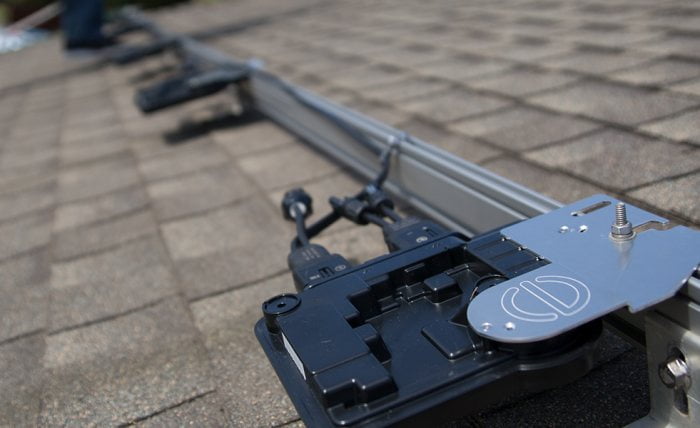
Keep it simple and stay away from cheaper components that are not big names. They may be half the price, but it will cost you more in the long run. Guaranteed.
3. Solar Shopping Prices
The price for solar has gone down drastically over the past 10 years—it is at its lowest. However, with the tax credit dwindling away and the cost of the components not dropping any more, prices may begin to go up. Solar is a commodity; therefore, supply and demand play a huge role in the costs. Do not hesitate on purchasing solar panels because you think it will get cheaper. It won’t and you will continue paying thousands of dollars to your utility company instead of investing it in your own home.
Getting Bids
Always get 3 bids when shopping for solar panels and always go with the middle bid. We know this sounds cliche, but it has never been more accurate than in the solar shopping process. Some companies are too expensive while other companies cut corners, which will cost you big in the long run. Go with a company that wants to make just enough to service you and stay in business for many years. The companies that are on the lower end of the pricing spectrum are companies that usually have cash flow issues and need to “feed the beast”. These companies simply do not last and will go out of business—we see it every year in this industry. Let the company you chose make some money off you or else you will end up paying a different company to come fix the mess they made.
The Nitty-Gritty of Pricing
Solar at the end of the day is an investment, and you want to invest with someone responsible who will be there when you need them. For top-tier components, you should look to pay around $3/watt or $20,000 for the average home before any tax credits or incentives. Anything below $2.80/watt is risky and anything above $3.45/watt is too expensive for no reason. Also, keep in mind that your roof type plays a big role in the pricing. Tile roofs are more expensive and so are flat roofs and metal roofs.
If you want a quote with no haggling, no gimmicks and no hidden fees, then click here.
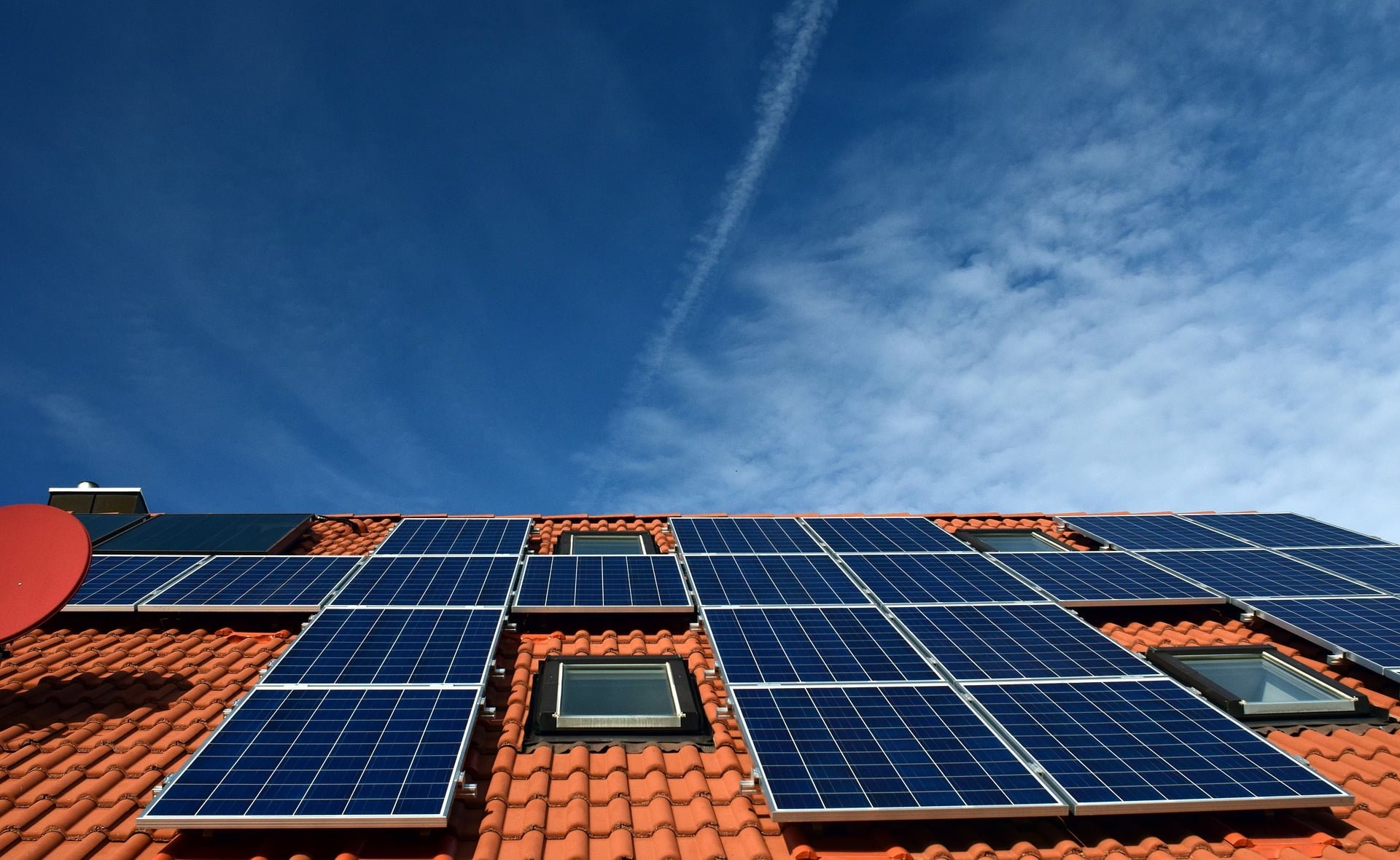

Authored by Ryan Douglas
NRG Clean Power's resident writer and solar enthusiast, Ryan Douglas covers all things related to the clean energy industry.
